The Built Green Hammer Awards honor members for their outstanding projects over the past year in different building categories. Check out the winners:
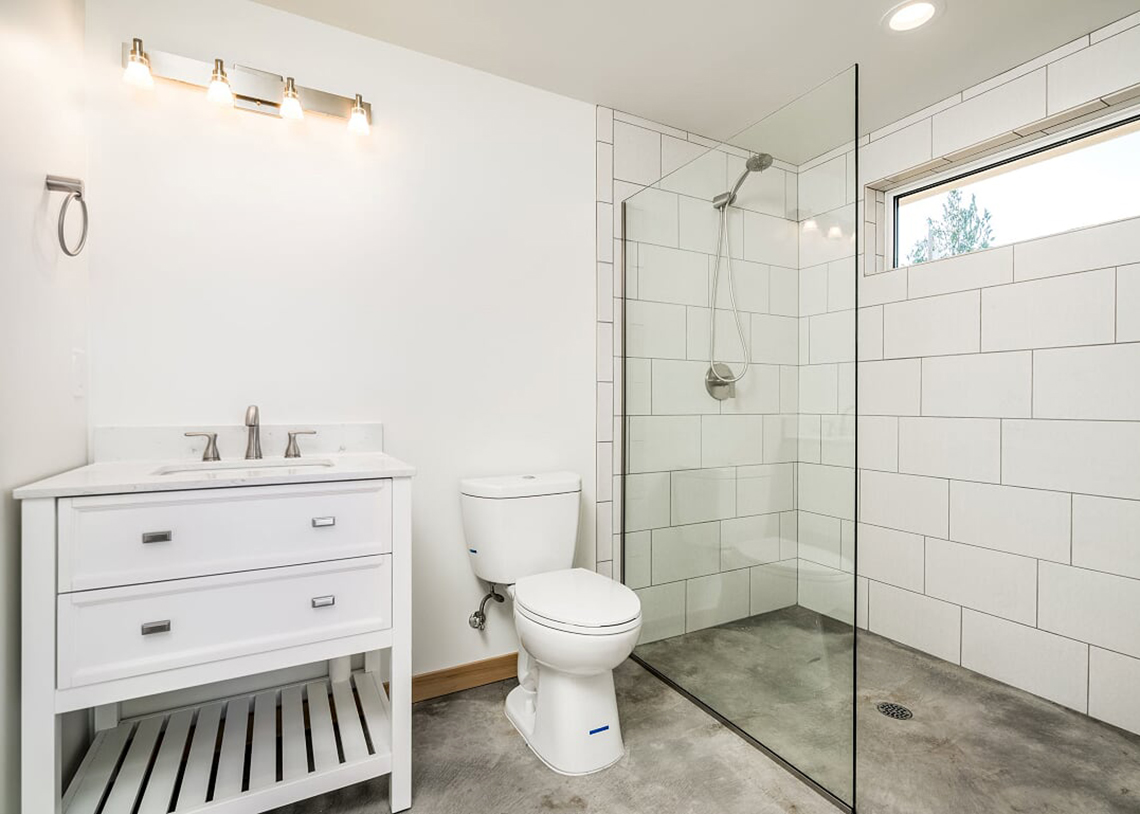
Builder, Custom or Small Speculative, Less Than 10 Homes—TC Legend Homes
TC Legend Homes believes everyone should be able to enjoy the comfort and savings of a highly efficient home. Their mission is to make positive-energy and net-zero-energy affordable. At Built Green, we support this mission. TC Legend Homes has done a number of outstanding, affordable, super energy efficient projects this year. Their homes have achieved the among the highest point scores—585, 615, 685, 731, 748, and 771! The verifier on these projects was Elizabeth Coe of Ecoe Company.
One of TC Legend Homes' projects was featured in a case study earlier this year.
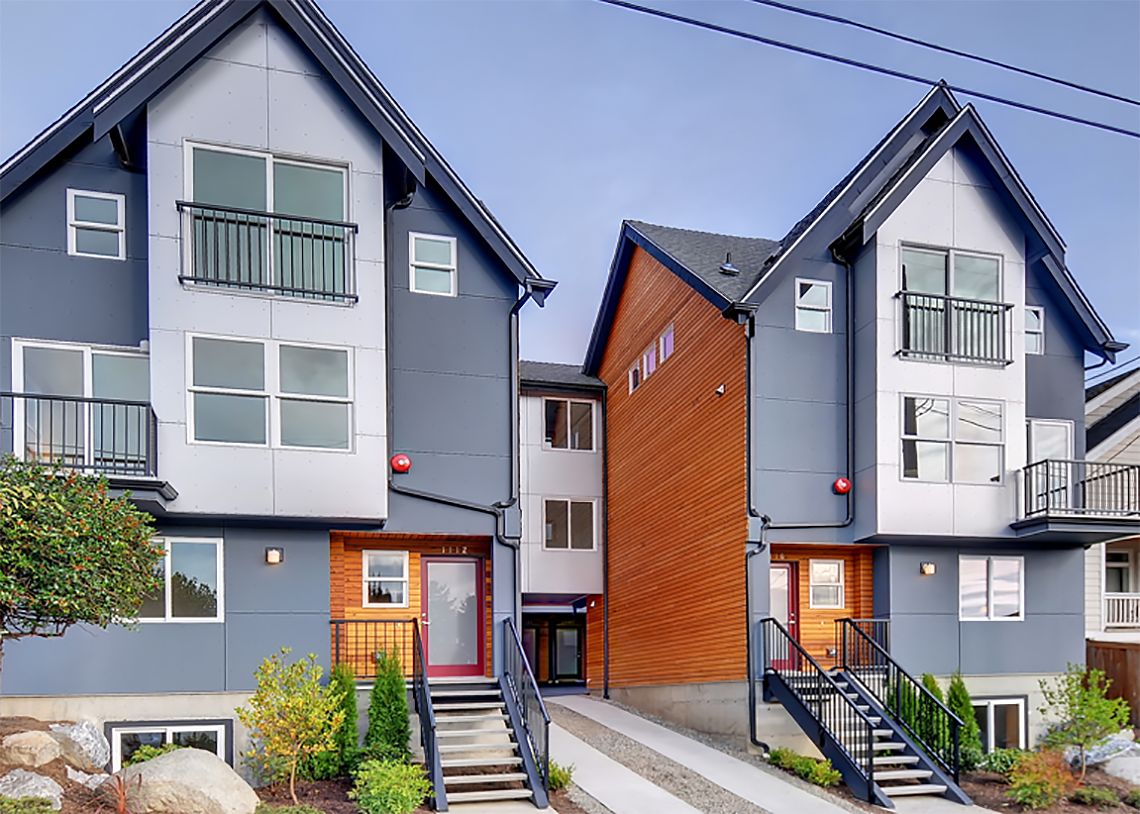
Builder, Small Production, 10–100 Homes—MRN Homes LLC
This category covers many of the builders who are making it possible for more people to live in the already developed urban areas of our region. They build single-family homes, townhouses, and row houses.
MRN Homes LLC is a builder dedicated to building exceptional homes that reflect the evolving needs of their home buyers and the communities in which they live. Their reputation is solidly built on the quality and craftsmanship of the homes they construct. They strive for enduring design and a lasting investment. They built 41 homes with an average of 425 points. Pam Worner of Green Dog Enterprises was the verifier on all MRN’s projects.
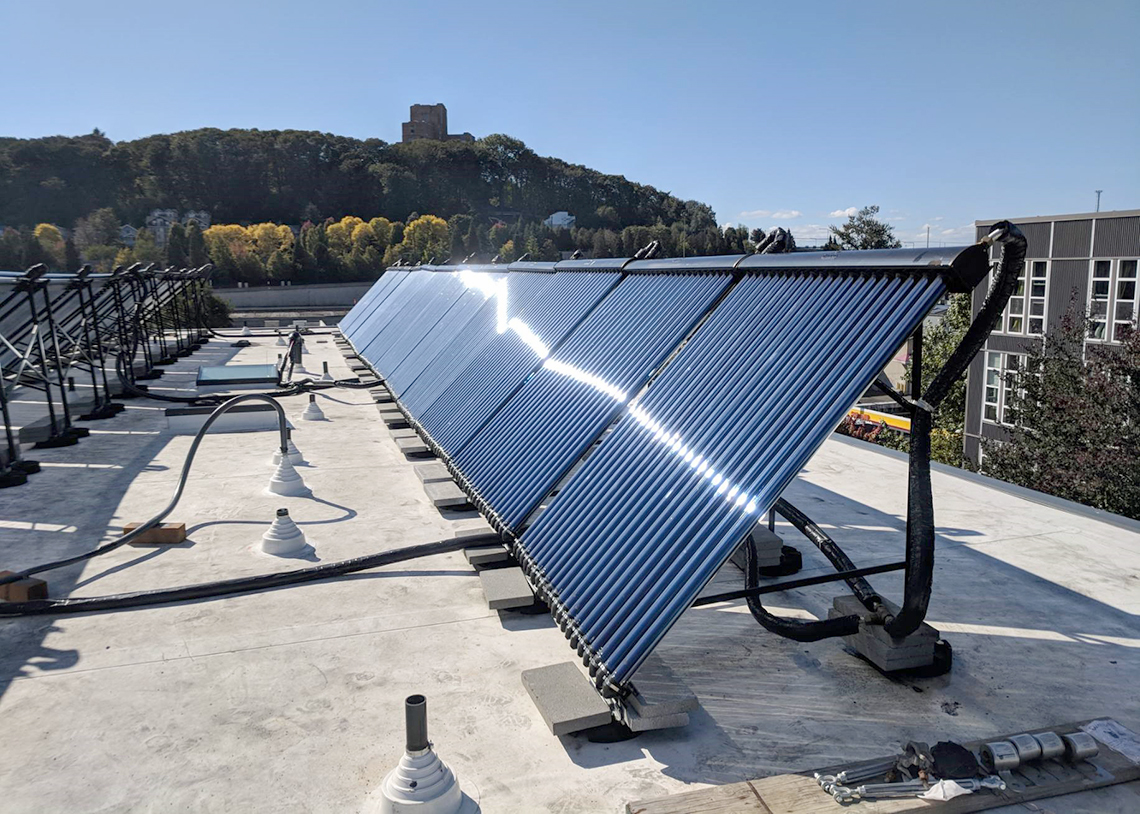
This category includes many of the smaller multifamily buildings around the region.
The Roost, built by STS Construction Services, is a delightful Built Green 5-Star multifamily microhousing building. It achieved 611 points on the Built Green checklist. It is unique in its focus on providing affordable housing for artists in a setting that fosters community among the residents. Cybil Tribie of Evergreen Certified was the verifier. The Roost has also been featured in our Housing Choices for Everyone video series and in a case study.
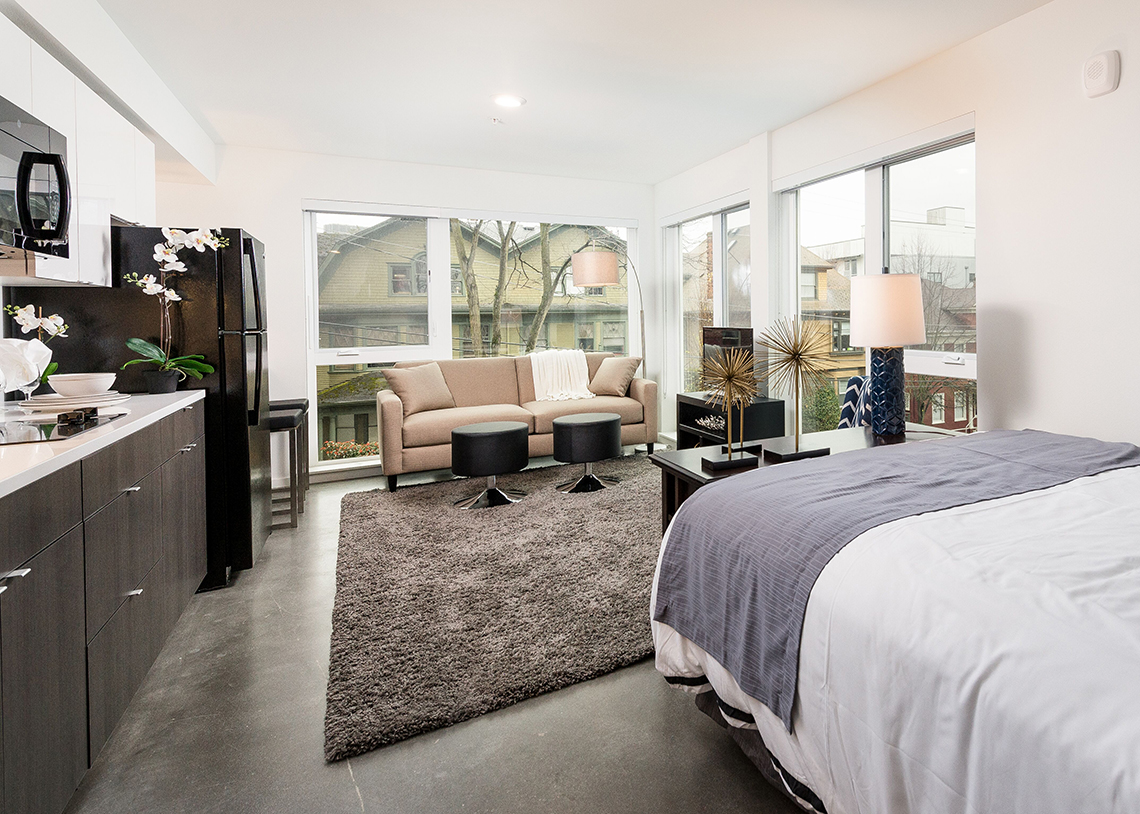
Builder, Large Multifamily, 50–150 Units—Johnson & Carr LLC
This category is doing the heavy lifting of adding capacity for more people to live in already-developed neighborhoods.
1404 Boylston is a 107-unit multifamily building with 520 points on our checklist. Johnson & Carr LLC is a local Seattle developer of multifamily and mixed-used projects located in the city’s urban core. Founded by Tyler Carr and Kelten Johnson in 2010, the company specializes in creative applications of urban infill, with a focus on providing affordable and sustainable housing. Pam Worner of Green Dog Enterprises was the verifier.

Developer, Small Community, Less Than 100 Acres—John Buchan Homes & Kim Saunders
Built by John Buchan Homes and developed by Kim Saunders, Kirkland’s Juanita Farmhouse Cottages achieved both Built Green 5-Star with 628 points, as well as the Built Green Community certification. Comprising nine new cottages and a common house/barn that includes a guest apartment, the site is provided with infiltration swales for roof water drainage that are integrated with native and drought-tolerant landscaping, utilizing all pervious surfaces except for part of the shared driveway. Indoor water use is reduced by the use of low-flow fixtures and WaterSense toilets.
We loved the way this community of modestly sized cottage homes shows that green building can be beautiful in a traditional way. Tom Balderston of Balderston Associates was the verifier. Check out our case study on the Juanita Farmhouse Cottages.

Built Green Advocate, Private Sector—Rose Lathrop
This year, we would like to recognize Rose Lathrop of Sustainable Connections in Bellingham. Rose is on the Built Green Executive Committee and has been tireless in bringing the Shift Zero message to a wider audience. Rose has been a great advocate and champion for green building and sustainability in Whatcom County for years and her contagiously positive approach has helped keep Built Green on the radar for Bellingham builders.
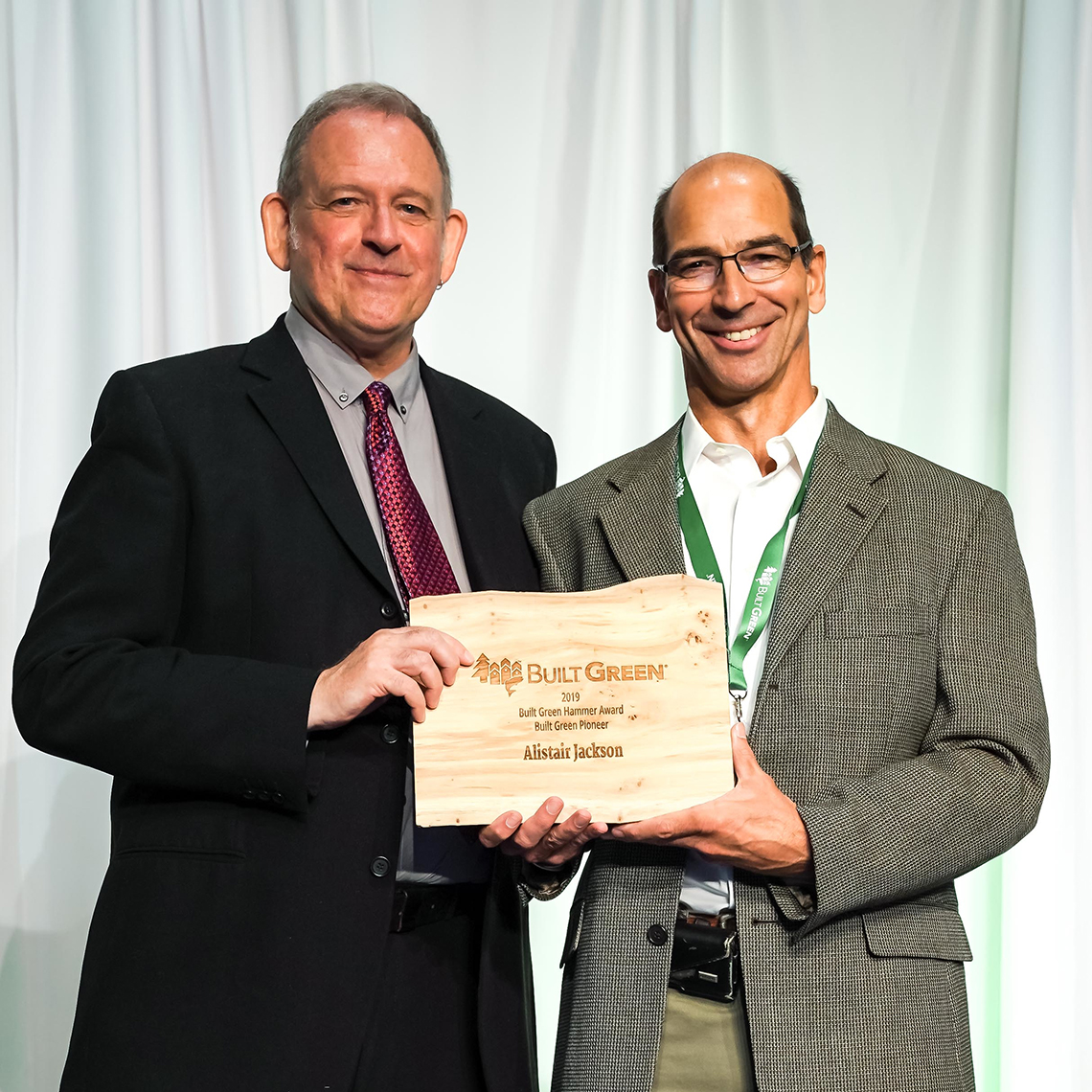
Built Green Pioneer—Alistair Jackson
The Built Green Pioneer Award goes to an individual who has made a significant contribution to Built Green program.
Alistair is a principal and one of five owners of O’Brien360. O’Brien360’s vision is the equitable advancement of the built environment toward positive life cycle impacts. Their mission is to integrate sustainable building expertise, thoughtful analysis, and a collaborative approach to catalyze positive outcomes.
Alistair leads O’Brien360’s residential services work. He has worked on updates to Built Green and helped develop similar programs in other Washington counties, as well as in California and Hawaii. We appreciate his dedication as a Built Green verifier and multifamily energy modeler, as well as his thoughtful deep dives into the nuances of multifamily energy modeling as it applies to Built Green.

With the Judges’ Choice award, we recognize an outstanding project that doesn’t fit in our usual award categories.
Lopez Community Land Trust has been building net zero affordable housing for more than a decade and continues to unleash the power of community working together. We wanted to recognize their Salish Way Net-Zero Cottages for a few reasons—for their innovative and affordable ownership model, for achieving the highest points on the Built Green checklist of any project this year (871!), and for achieving our net zero certification. Tom Balderston of Balderston Associates was the verifier. Learn more about the Salish Way Net-Zero Cottages in this case study.
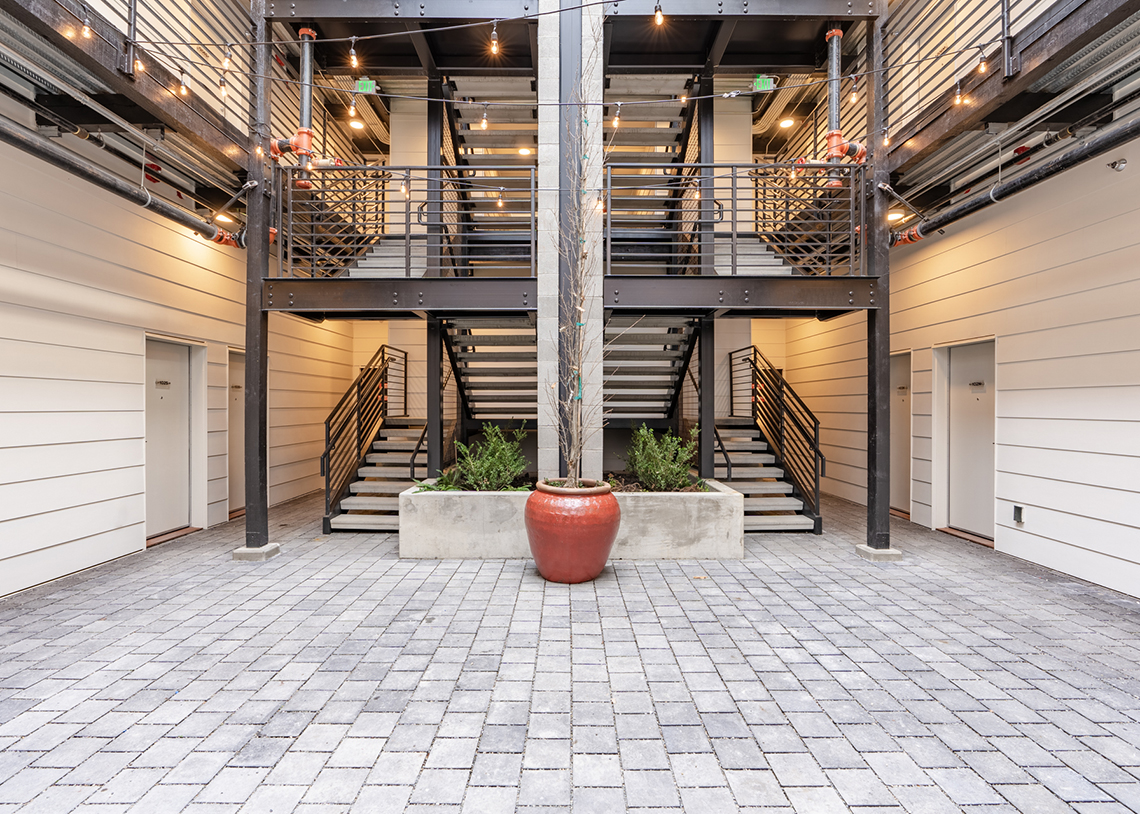
And finally, the Built Green Hammer Awards Project of the Year goes to a project and company that has both pushed the envelope of green building and made significant contributions to the Built Green program in the last year. The 2019 recipient is Dwell Development’s NOCO Flats. Dwell’s mission is to always lead, always challenge, and always strive to do more on each and every home they build, with the hope that every home they build is net zero!
NOCO Flats was awarded 612 points on Built Green’s checklist. The four story, 18,000 square foot building has 50 small efficiency apartments and four live/work units, which rent for as little as $999. Amenities include onsite laundry, a game room, heated bike storage, a courtyard, and a rooftop deck. The project features two street-level commercial spaces and no parking. NOCO (which stands for North of Columbia City), is one of the first apartment buildings in Seattle to use next-generation solar technology for hot water, an amazingly cost-effective and ecofriendly way to generate hot water for residents.
Anthony Maschmedt, principal at Dwell, serves on the Built Green executive committee and is a tireless advocate for green building. We appreciate his time and energy! Cybil Tribie of Evergreen Certified was the verifier. NOCO Flats have also been featured in Master Builder magazine.
We are exceedingly proud of all these award recipients for breaking new ground in making affordable, very green buildings, mostly in urban, walkable, bikeable neighborhoods. This is the way forward! Keep it up!
View more pictures from the conference.